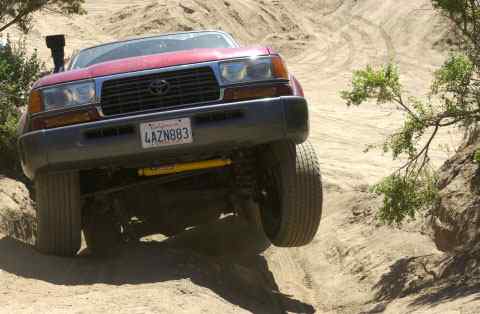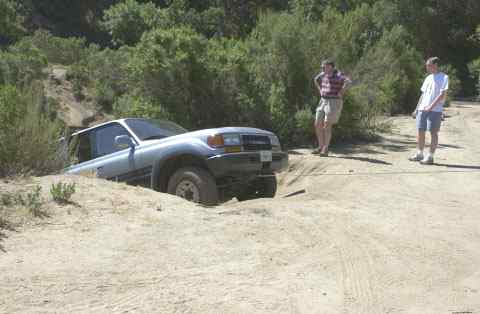I am no 4wheeling expert but have been on rocky trail rides at an off road park in the Pennsylvania Mountains but have gotten through everything, water, rocks, hills etc. in low range. But as my title states, 'When should I use my lockers?  and when have you found you needed to use yours?
and when have you found you needed to use yours?
thanks
thanks






